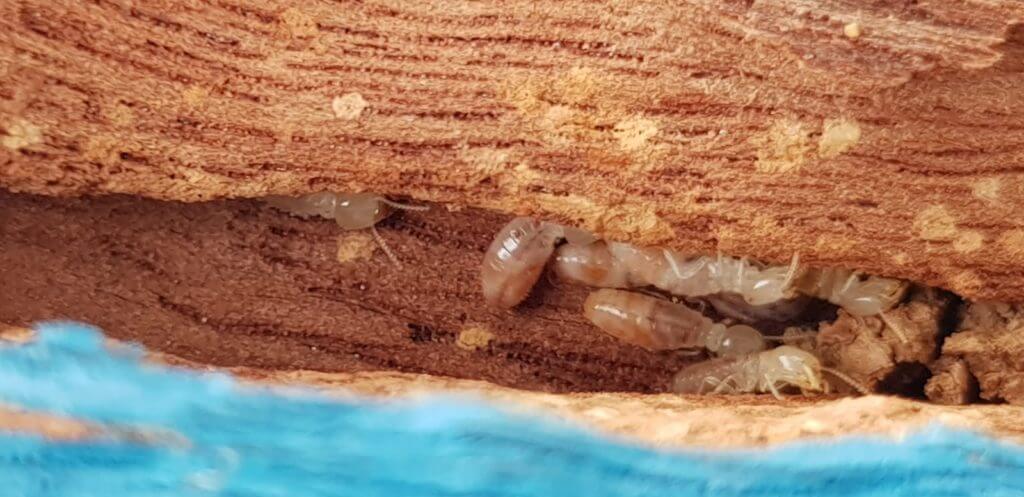
A single termite doesn’t seem like much but an entire colony can, quite literally, bring a house down. Residential pest control companies say that these pests cause billions of dollars in damage yearly. Who are these silent destroyers and what are the steps to effective termite prevention? Let’s find out.
The Truth About Termites: Fact and Figures
- Appearance – How big are termites? It depends. Regular termites are usually half an inch long or smaller. Kings and queens, however, can grow up to more than an inch. As for their bodies, they are soft and made up of two segments. They have wings that they get rid off when they find a place to nest.
- Termite Vs. Ant – Some say they look like ants but you can easily spot the difference between ants and termites. A termite has a straight antenna, broad waist, even-sized wings. An ant, on the other hand, has an elbowed antenna, narrow waist, and longer front wings.
- Types of Termites – There are 2000 species of termites but they fall into four types: Dampwood, Drywood, Formosan, and Subterranean Termites. Dampwood termites infest moisture-rich wood while Drywood Termites like dry wood. Both Formosan and Subterranean Termites live underground, have massive colonies, and are very destructive. Nevertheless, termites in house mean big trouble.
If you identify any of these signs, contact a pest control specialist immediately.
Signs You Have Termites
It’s not easy for ordinary people to spot an infestation. However, there are signs of possible infestation you could look out for. This includes darkening of wood structures, discarded wings, mud tubes, termite poop (can look like saw dust), uneven or chipping paint, warped or misshapen wood, and wood that has a hollow sound then tapped.
How to Get Rid of Termites for Good
- Residential pest control starts with diligent home maintenance. Make certain water drains away from the house and does not build up at the foundations. Seal all cracks in and around the house. Get rid of damaged or damp wood and scraps. Store good, usable wood properly and away from the house. Be vigilant in inspecting the house for signs you have termites.
- Build a barrier. Most new homes’ foundations are waterproof. However, if you have an older home or you just want to improve your home’s protection; then build a termite barrier – an actual physical blockade – for termites.
- Use termite poison. There is a myriad of solutions and products that can deal with a termite colony. There are DIY ones using everyday kitchen products like white vinegar or cayenne pepper. Then, there are commercial ones.
- Call in the big guns. Homeowners, with a bit of time and effort, can deal with the threat of termites themselves for the cost of a pest control specialist in Perth. But I’d argue that the professionals still are the best option in dealing with infestations. They know how to locate the colonies, identify the culprits, assess the damage, and identify the correct treatment plan.
A Note on Cost
Termite protection does cost money. However, this is a worthwhile investment; and an important one at that. In the end, the termite control cost incurred will pay for itself. This is because you will spend so much more on termite damage repair.
A colony of termites can crumble the foundation of any home but with this information and a few simple steps, you can get rid of these wood munchers effectively and permanently.




